Paul Morris is a graphic designer and writer who collects album art of the 1940’s and 1950’s. He finds his examples of influential mid-century design in the used record stores of Portland, Oregon.
In this edition, Paul returns to the work of Alex Steinweiss, when he used the pseudonym “Piedra Blanca.”
__________
In this installment we return to the work of Alex Steinweiss, the pre-eminent album cover designer of the early decades. I have some gems from my collection from the Decca label in the 1950s, when he used the pseudonym Piedra Blanca. But first a touching tidbit from my record shopping. On a plain white cover in the 50-cent section, the note below was written in large handwriting. The recording was religious in nature.
It’s a reminder that most of our collections are destined for one bargain bin or another. But I have to admit that I attached a similar note to a few of my vinyl treasures. My kids just won’t appreciate the value of those 50’s Lee Wiley LPs!
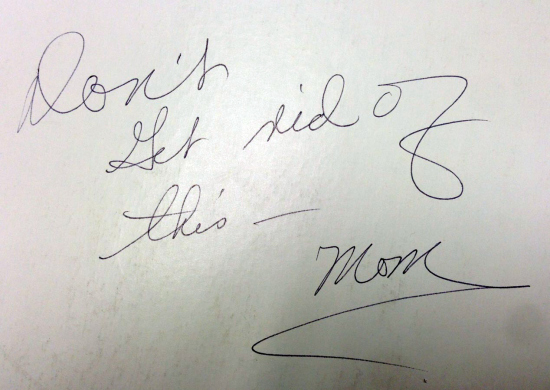
_______________________________________
This exuberant work is a fine example of Steinweiss in the early 1950s. He used the tag “Piedra Blanca” to differentiate the Decca art from “the distinctive personality and look that he gave Columbia,” as Jennifer McNight-Trontz wrote in her Steinweiss book, For the Record. In Spanish his name translates to “stone white,” akin to the literal meaning of his family name in German.
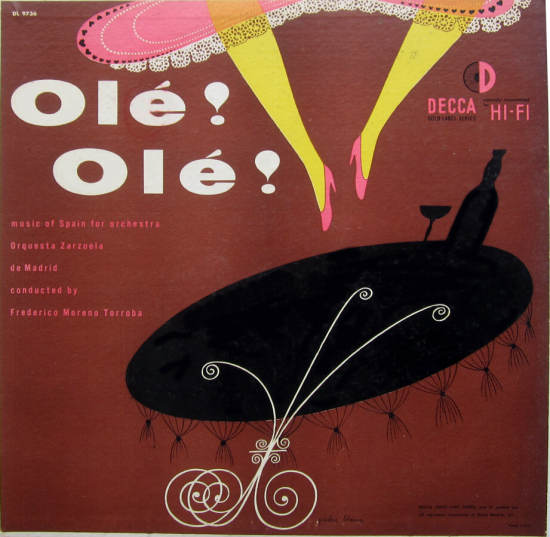
__________
This 1953 cover uses the handwriting style he invented and is quite similar to his Columbias. Martinis plus cigarettes equals romance.
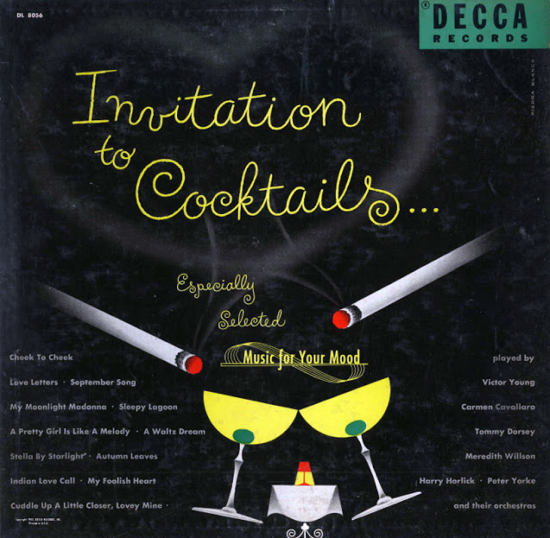
__________
Another Spanish-themed cover. I don’t know the date, but the original price tag is still on the back: $2.30.

__________
In these years designers were free to mix artwork with photos. In the 1940s the cost of making plates and printing photos was high and they were used infrequently. The scroll from the neck of a violin, a favorite motif, dominates the composition. The movie stills look like Jimmy Stewart and Kim Novak in “Vertigo.” The series is called Music for Your Mood, and the selections offer accompaniment to moods ranging from “Alone at Last” to “The Bad and the Beautiful.”
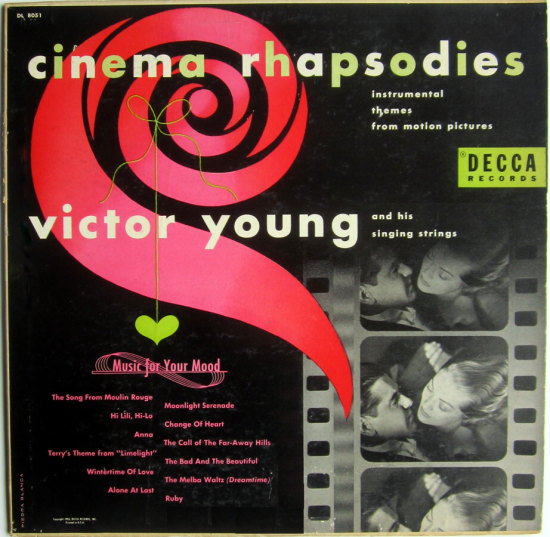
_________
Also filed under Music for Your Mood was this less successful cover. The liner notes explain that this music is for when the busy day is over: “These are the moments when melody flows gently for your pleasure … Time for a casual cigarette … perhaps a leisurely cocktail … good conversation … good food … a mood of complete satisfaction.” Some of the tunes to match your mood were “Flirtabella,” “Bahama Buggy Ride” and “Many Times.”

__________
Both these designs use dotted lines as ornaments. The image of the woman in the Arriaga cover is reminiscent of Picasso.
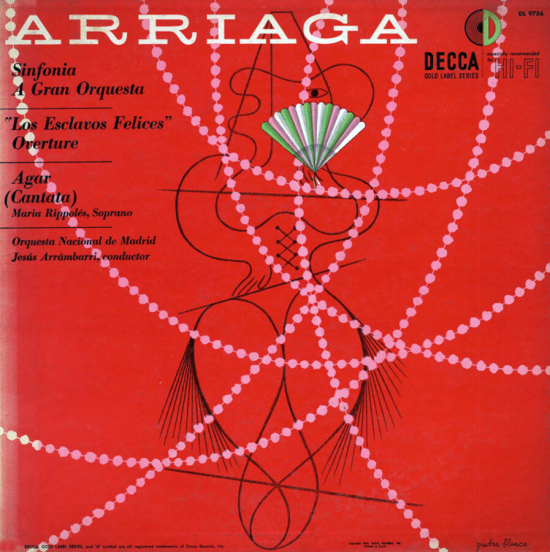
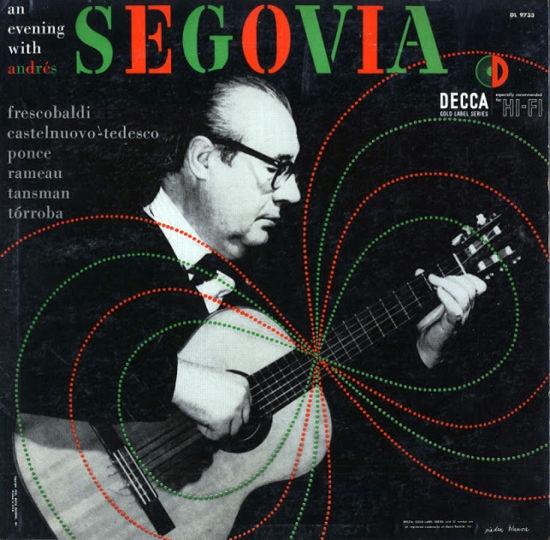
__________
I think this 1960 composition is striking, but I wondered about the cigarette. In this case, I found there’s a reason. “The Secret of Suzanne” is an operetta with this plot: a countess illicitly smokes cigarettes, but when her husband smells the scent, he believes she is having an affair.
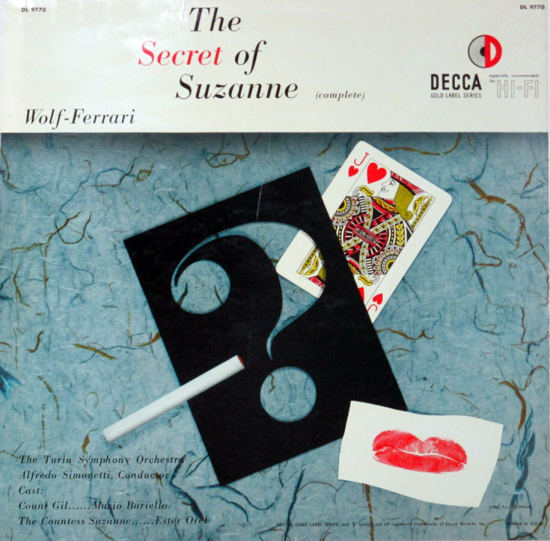
__________
Here the Russian cathedral is askew, but the violin scroll balances it all. Both the color palette and the Century Schoolbook typeface date this to the late 1950s.

__________
Another album featuring David Oistrakh. The subtle drawing brought to mind such cubist works as the 1913 Braque drawing below.

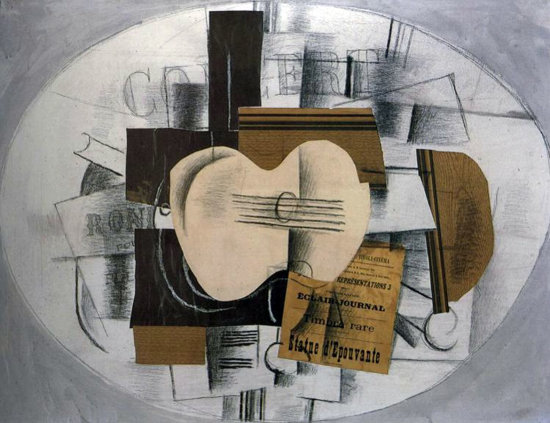
__________
This quite different cover brings home how versatile Steinweiss was. With Decca in the 1950s the styles of his hundreds of covers varied quite a bit.
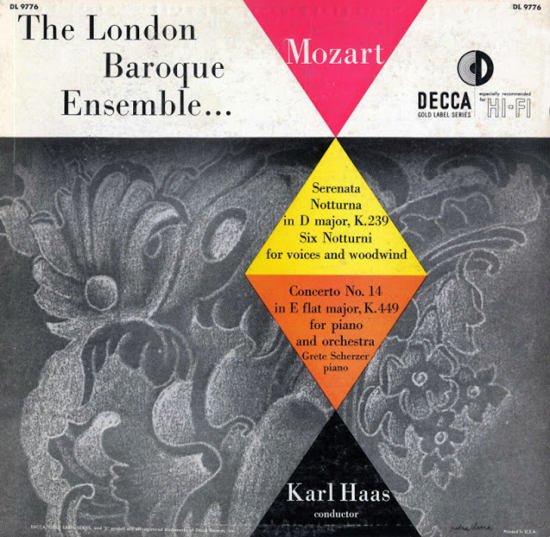
__________
This entry in the Music for Your Mood series wasn’t Steinweiss at his best. The dancer in leotard isn’t noticeably South American, nor is the sombrero. The vertical black and red stripes provide the contrast. The photo is credited to Sarff.
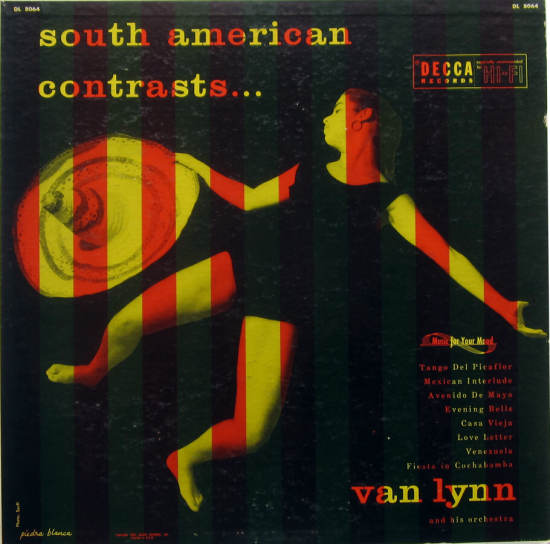
__________
In my design work I avoid pink, but Steinweiss embraced it in this abstract composition. It’s somewhat similar to work he did late in his life when he turned to painting.

__________
To me, this cover for a Hindemith symphony is one of the most effective of these Deccas. It’s probably from very close to 1960, based on the style and the then-popular typewriter font.
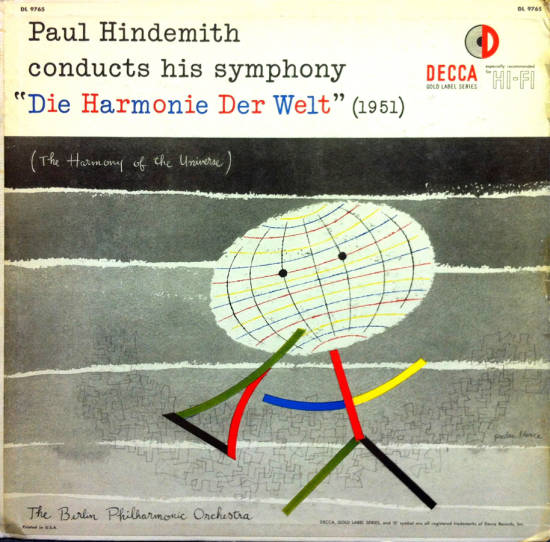
__________
I’ve included most of the Piedra Blanca covers in my collection, but there are more out there in basements somewhere, and if the kids don’t throw them away, I’ll find them in a bargain bin somewhere.
*
Next time: “Teen Dance Party” — album covers featuring teenagers of the 1950’s enjoying their music!
__________
In Volume 1 of “Cover Stories,” Paul shared his collection of covers by Alex Steinweiss, known as the father of the record album cover, and for many years in charge of Columbia Records’ art department.
Volume 2 focused on Columbia covers
Volume 3 featured jazz illustrations from the early years of the record album
Volume 4 revisited the 1950’s with images of fans holding and enjoying their albums





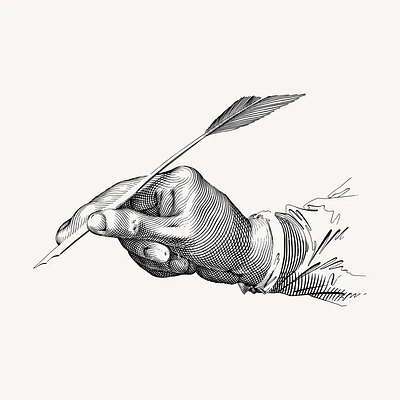

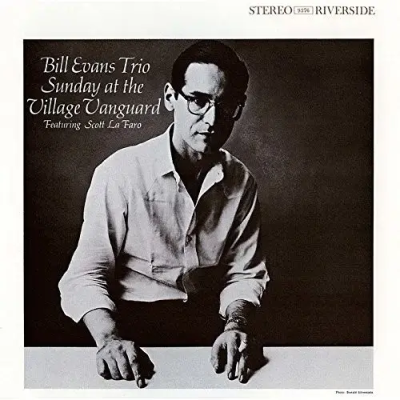

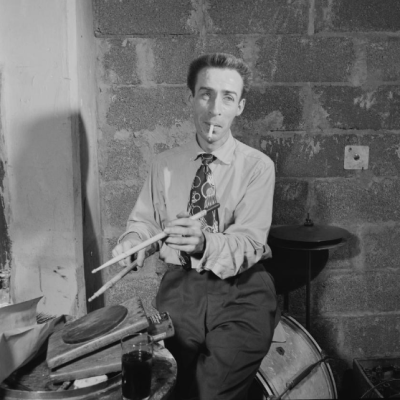
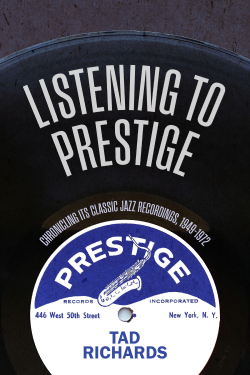
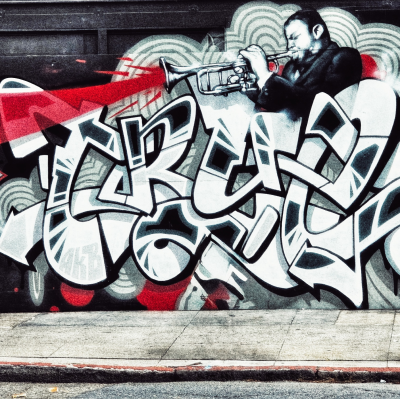

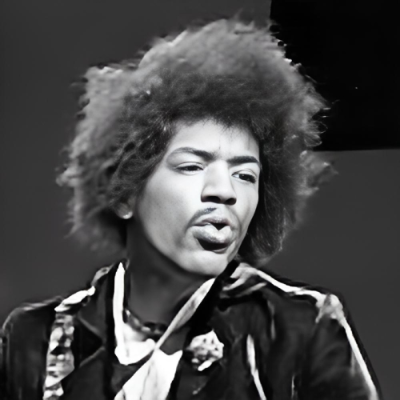



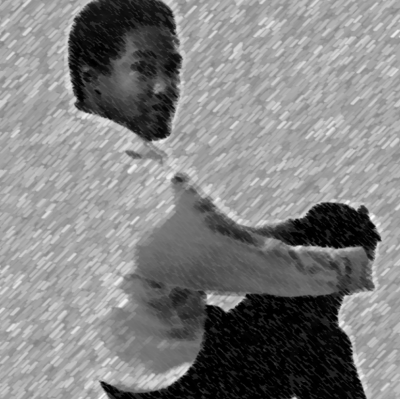
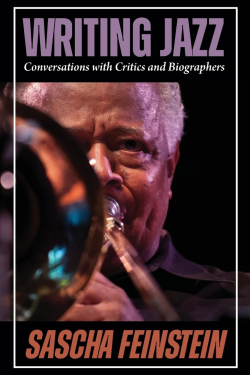






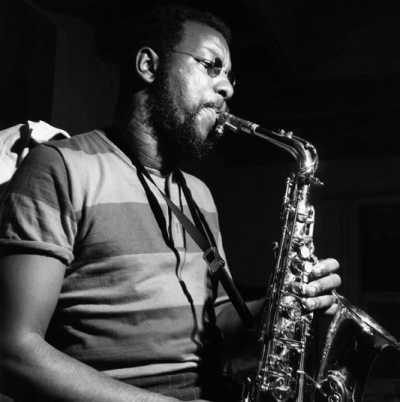
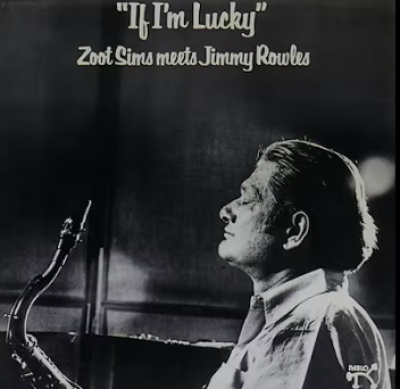
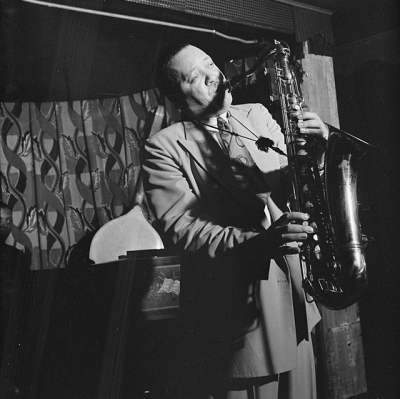
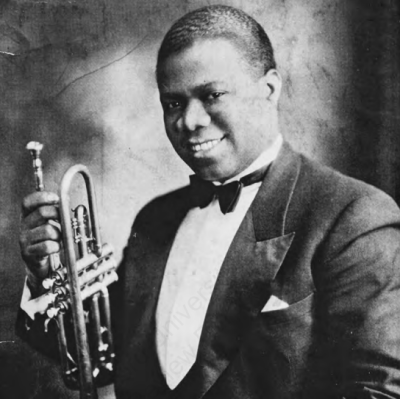

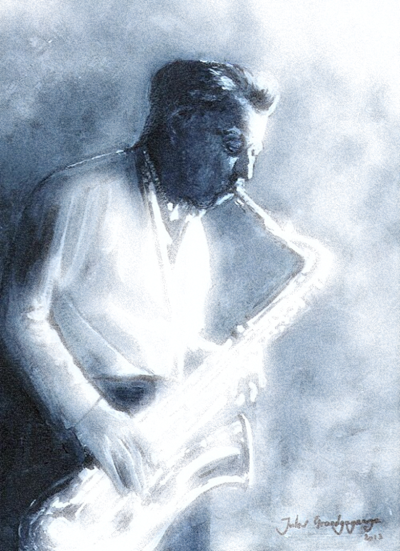


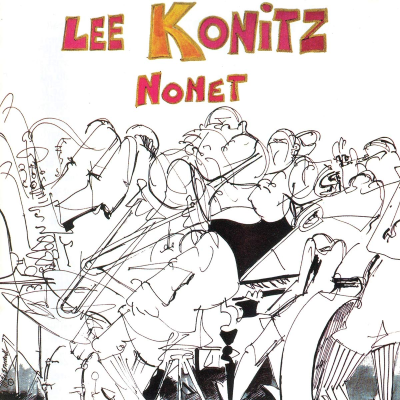
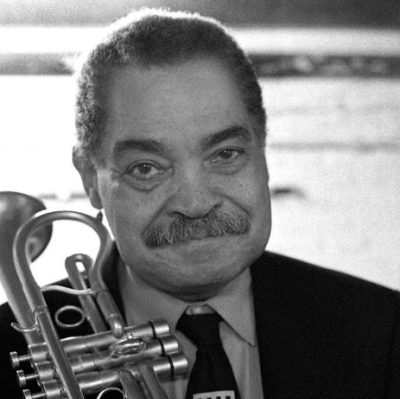







Fun to look back on Picasso, and old jazz and remember
very nice paul! never seen any of these and i’ve looked at zillions of records